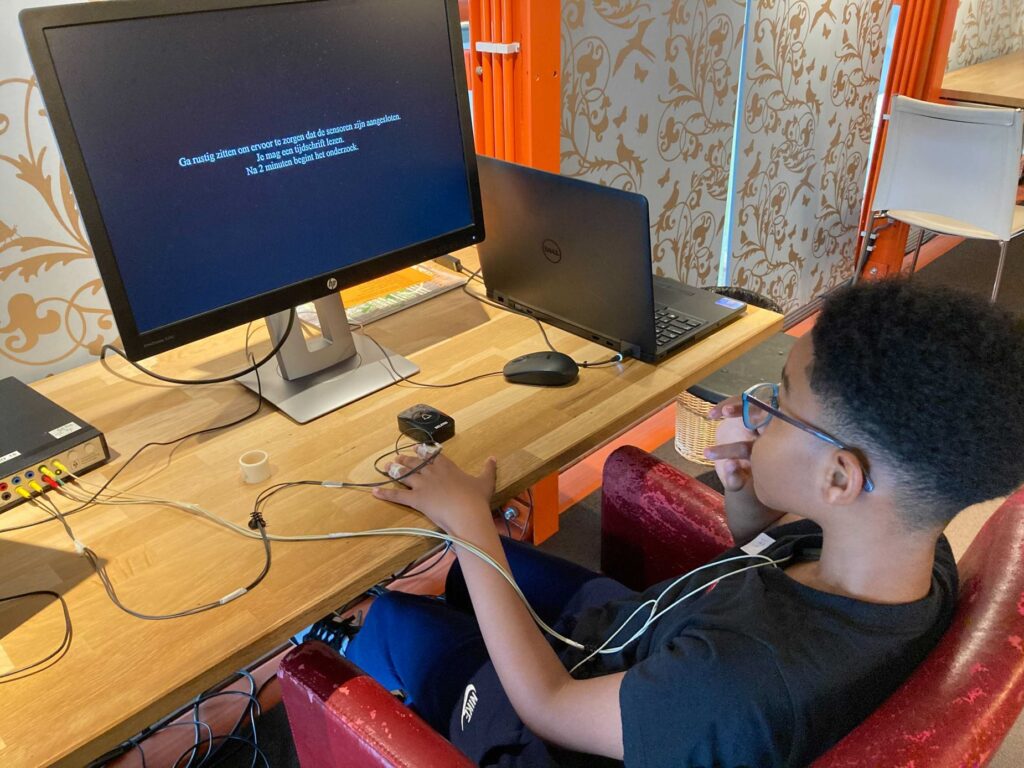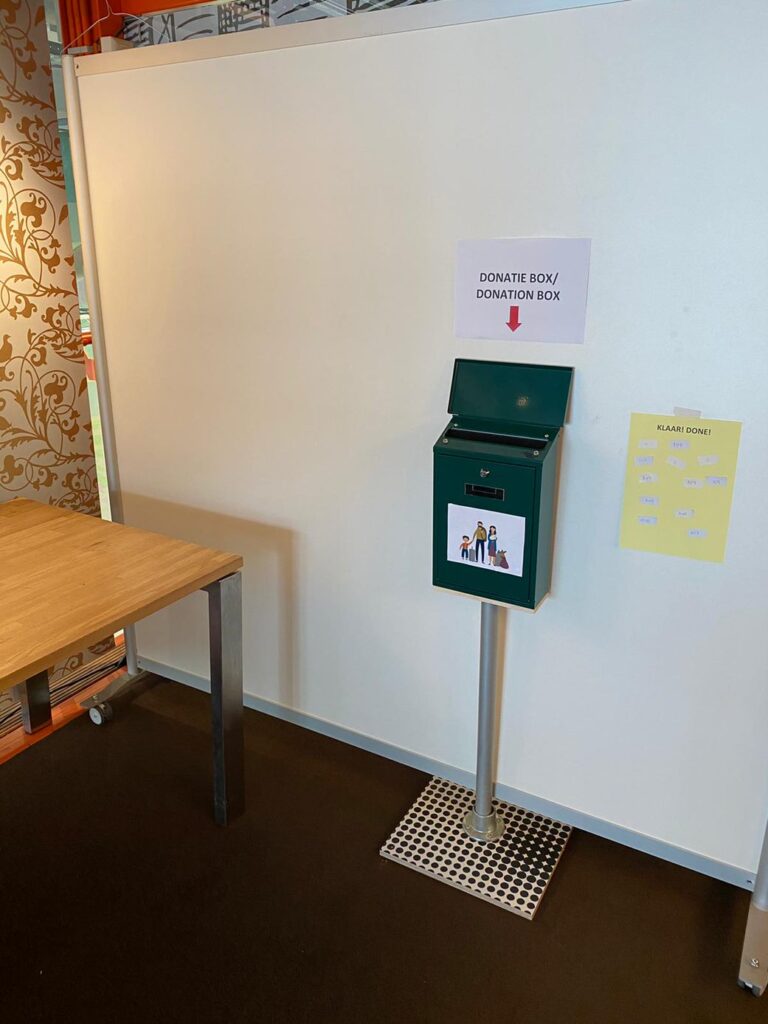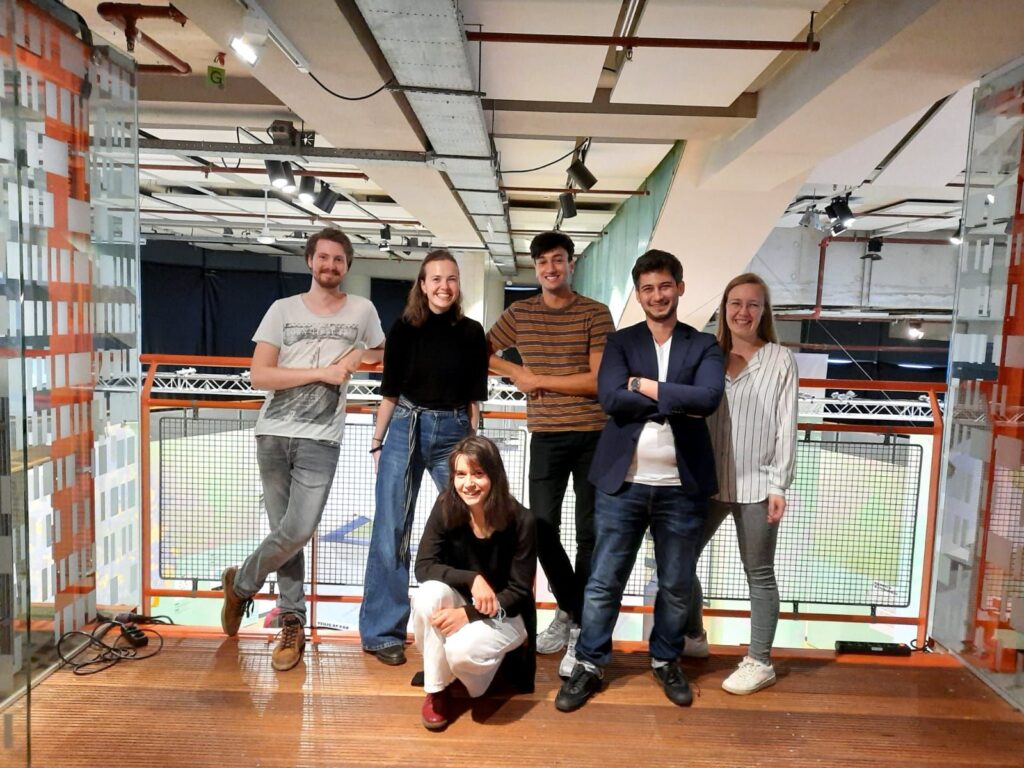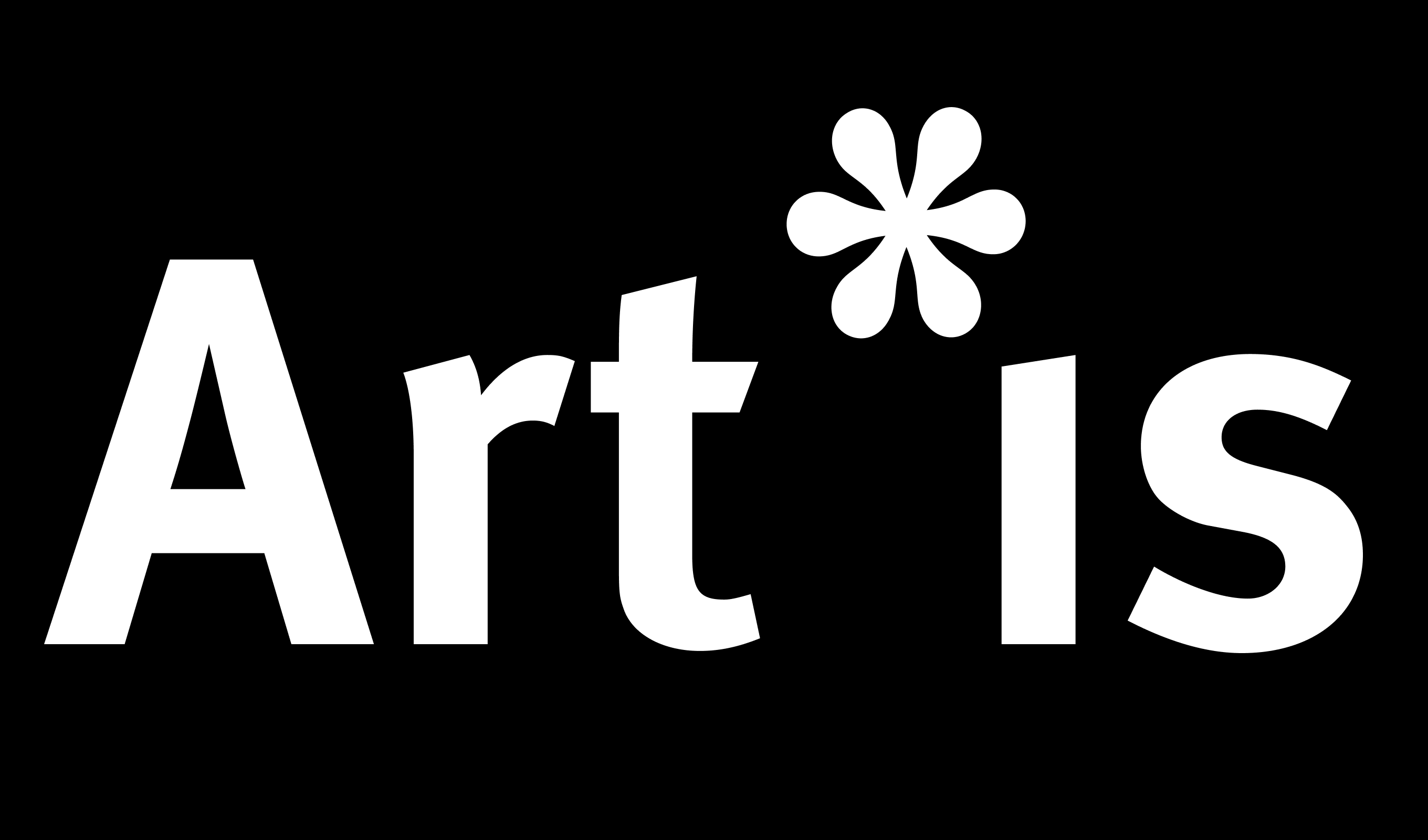written by Rohan Dunham
Awe is a mystical emotion that people often feel in response to impactful works of art. An interesting and well-documented evolutionary function of awe is that it fosters social bonding and elicits strong feelings of interconnectedness when people experience it. Across two studies, a team of researchers from the University of Amsterdam and University of California Berkeley, led by Eftychia Stamkou, set out to examine the social effects of awe in children, by investigating how this emotion influenced their behavior towards refugees. Findings showed that children who experienced awe when exposed to art were more likely to engage in voluntary behavior that benefited refugees, as compared to children who were led to experience other emotions. In other words, art that induced awe sparked prosociality in children.
Objects and experiences that evoke feelings of awe tend to have two ingredients in common. On the one hand, they tend to be vast in relation to the self, not only in terms of physical size (such as a grand cathedral) but also in other ways (such as the powerful sound of a symphony). On the other hand, they tend to be characterized by our inability to make sense of them at first blush. They make us feel confused and dumbfounded and eventually force us to adapt our way of thinking to better understand them. This potent combination of perceived vastness and initial bewilderment elicits awe, which, perhaps unsurprisingly, has been shown to go hand in hand with feelings of smallness, humility, and a reduced sense of entitlement. Research shows that when we feel awe, this diminished sense of self makes us shift our attention from our own needs and concerns toward the needs and concerns of others. As a result, awe makes us more willing to engage in actions that benefit others, so-called ‘prosocial’ behavior.

Previous research on the social outcomes of awe has overwhelmingly been conducted on adults and has often focused on feelings of awe elicited by nature. However, Stamkou’s team set out to establish whether the prosocial effects of awe could also be elicited by art (in this case film clips), and whether they would extend to children, given how common awe experiences are during childhood. The team of researchers conducted two studies: an online experiment and a field study at NEMO Science Museum, Amsterdam-a museum popular among families with children. Apart from measuring children’s prosocial behavior in response to awe, the scientists also mapped the physiological profile of awe by measuring children’s heart rate and skin conductance. In both studies, 8- to 13-year-old children were randomly assigned to watch one of three video clips: a clip shown to elicit awe, joy, or an instructional video that kept them in a neutral mood, for comparative purposes. They then completed two behavioral prosociality tasks that measured their readiness to help refugees.

Across both studies, results showed that children who watched the awe-eliciting movie clip were more likely to behave prosocially towards refugees compared to children who watched the joy-eliciting clip or the neutral instructional clip. More specifically, children who experienced awe spared more of their time to assist refugees by performing a helpful, yet tedious task and they showed a greater willingness to donate their experimental earnings to refugees: a chocolate snack of their choice. All in all, the findings provide valuable insights into the way that art, through the experience of awe, can transform children’s social behavior by opening them up, thereby making them more helpful and considerate of others.

